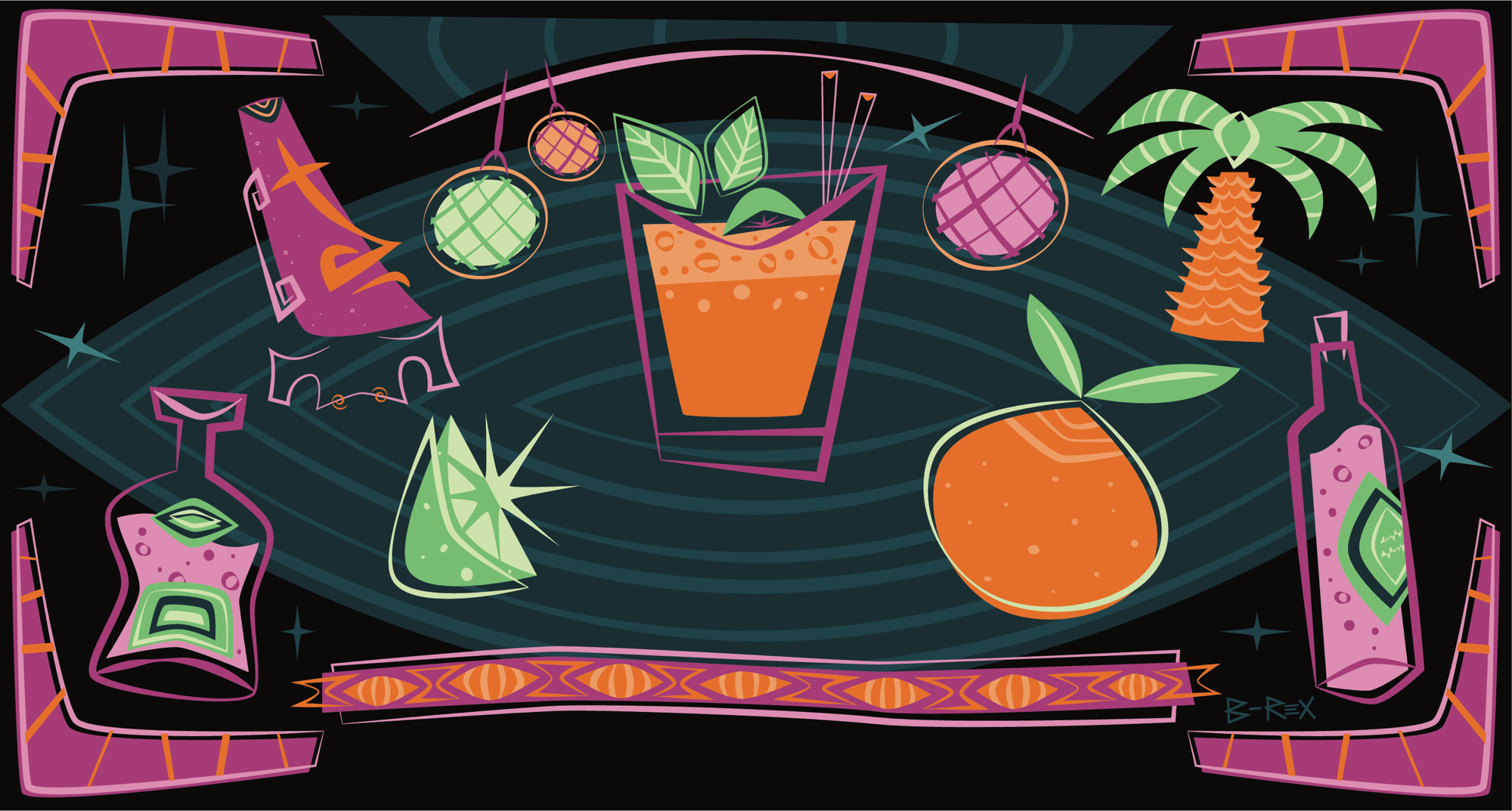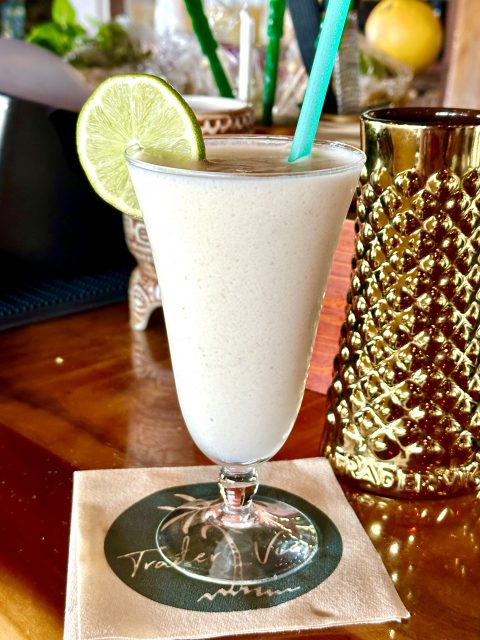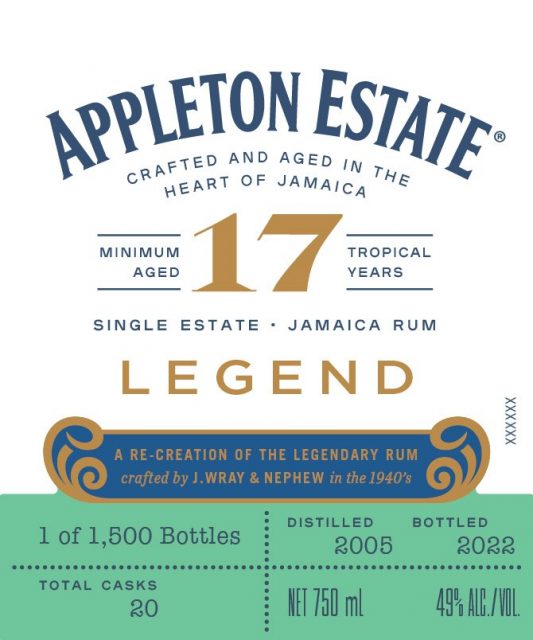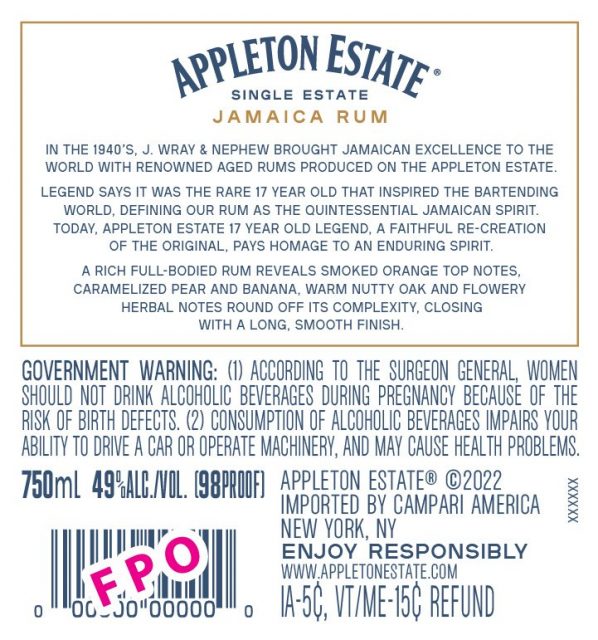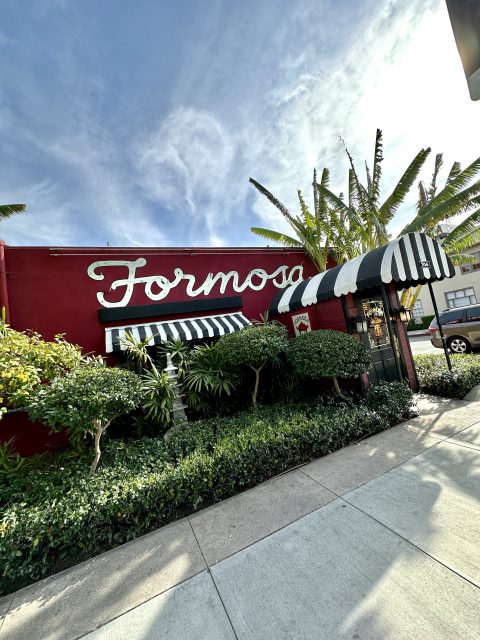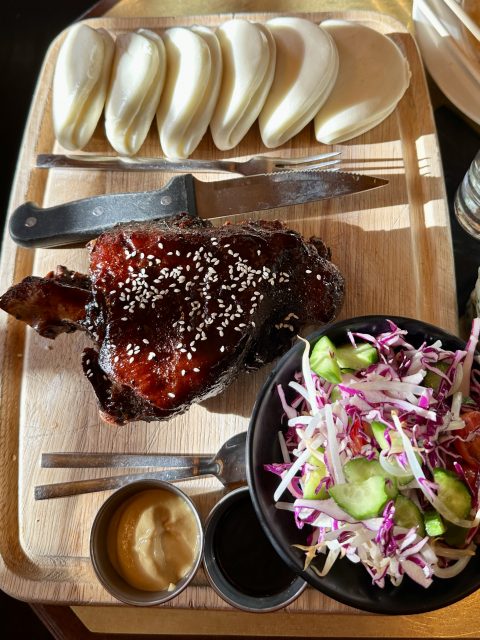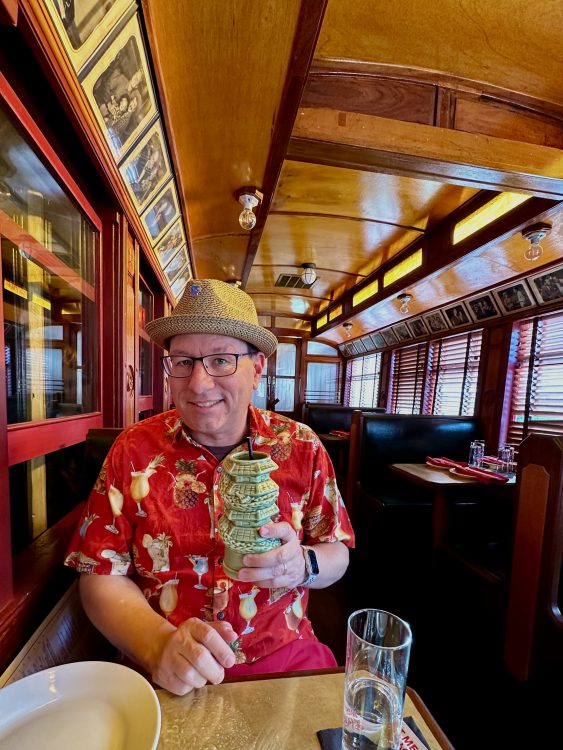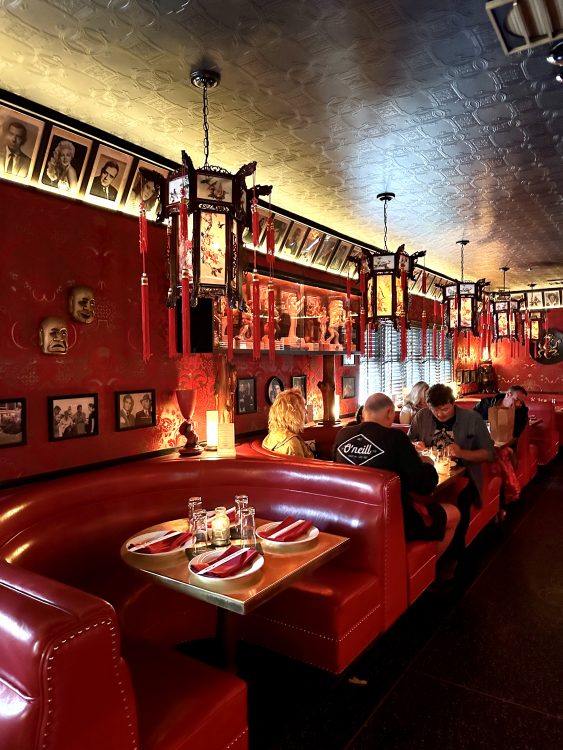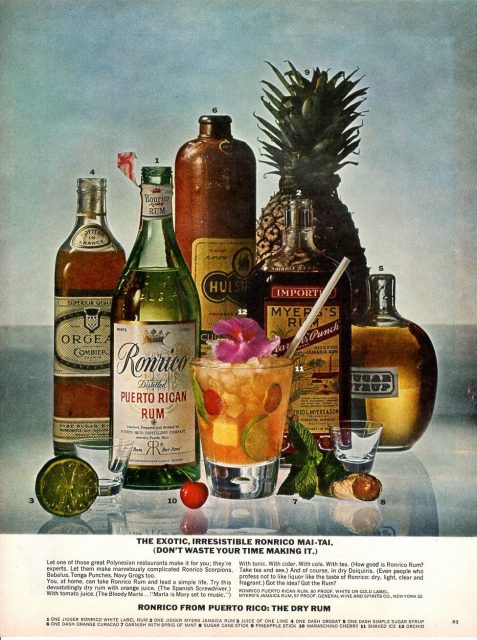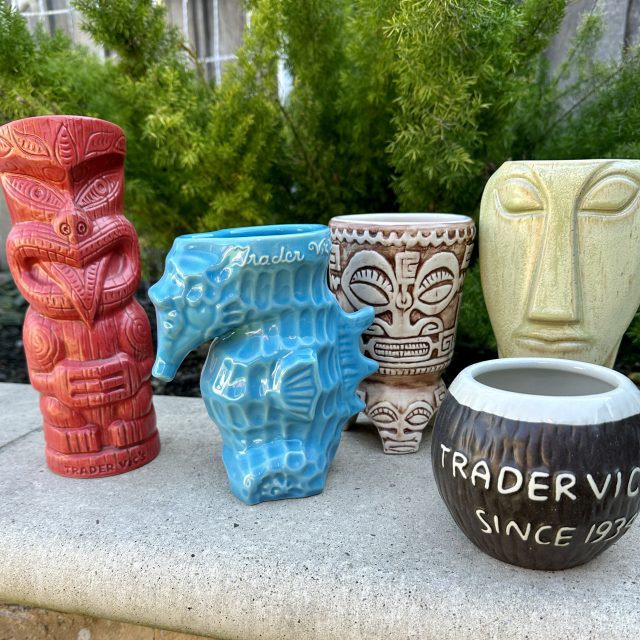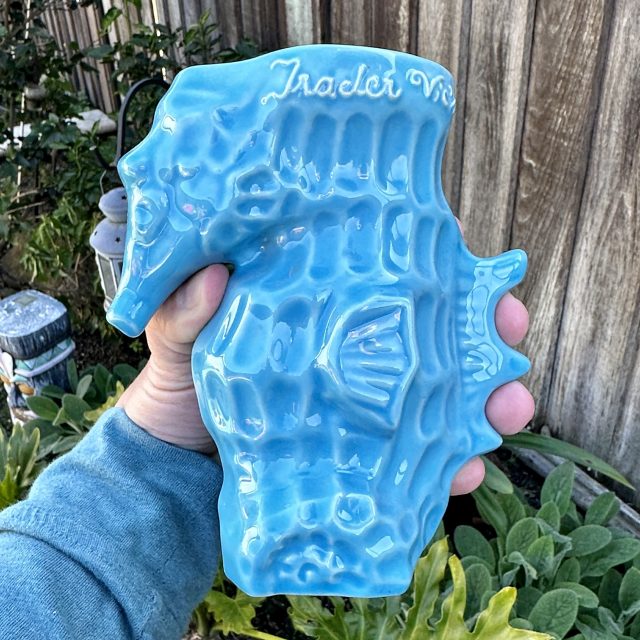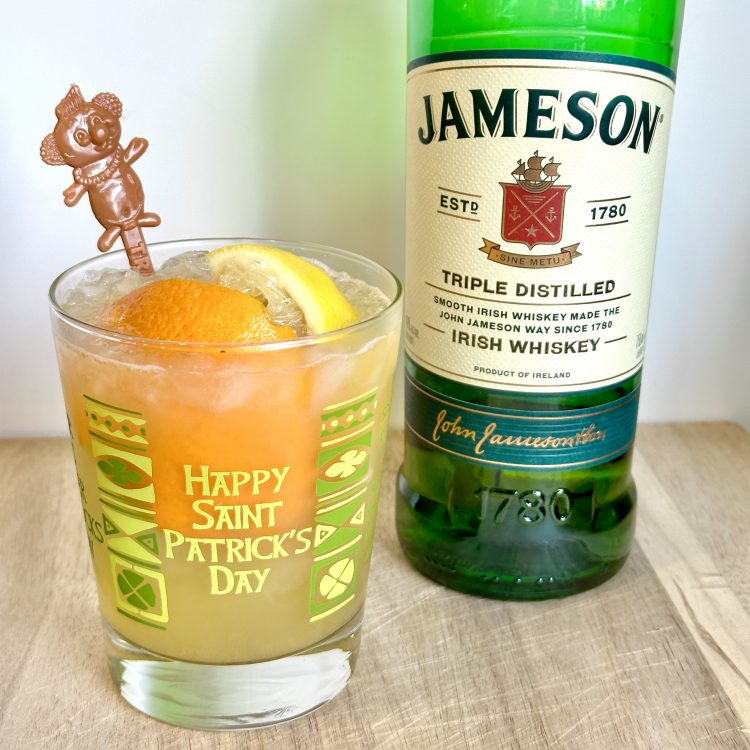2023’s most interesting cocktail book comes from Garret Richard (Sunken Harbor Club) and Ben Schaffer (The Dead Rabbit Drinks Manual). “Tropical drinks” are sometimes looked down upon by cocktail snobs and even tiki purists as being “lesser”, but the book describes how these juice-heavy cocktails can be elevated using modern techniques.
While each cocktail gets a photo, this is not a coffee table book full of pretty pictures. Instead, this will appeal to those looking to understand the methods of making great cocktails and also to learn how longstanding recipes can be improved. There are reimagined recipes for the Blue Hawaii, Ray’s Mistake, and many others.
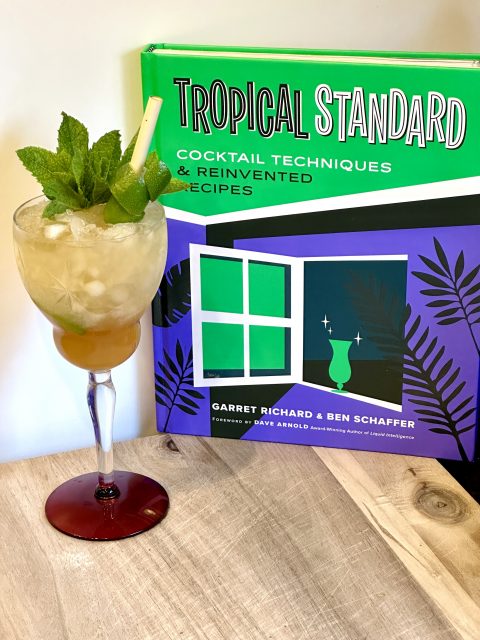
Richard’s acclaimed Mai Tai recipe is included, without any need for significant reimagining. The authors state “It does not suffer from any defect in its conception”, yet acknowledges that today’s Mai Tai can’t exactly replicate one from 1944. The recipe is fairly complex, using two orange liqueurs, three rums, and a few drops of Salt Solution to heighten the flavors. The spent lime shell goes inside the cocktail, not on top. Check the book for the recipe but suffice to say that the Mai Tai is quite fantastic.
“New versions of this pivotal cocktail are constantly advanced and debated by bartenders world-wide. It is nigh on impossible to improve on a drink as iconic as the Mai Tai, but with its collection of small adjustments, rediscovered techniques, and precise flavor pairings, the Mai Tai you are about to make will banish all others from your heart.”
Other preparation techniques include ice and dilution, acid adjusting citrus, and even sugar adjusting. These are presented in an open way, not in one that talks down to the reader – which this lazy home bartender appreciates. There are many opportunities to reconsider long-held personal tendencies and to consider new approaches.
Tropical Standard is available today at fine booksellers everywhere.
